95-year-old vet discusses first atomic bomb, encouragement students to action
The intricate plans of the Manhattan Project came to fruition when the first atomic bomb rained down on the city of Hiroshima, Japan, on August 6, 1945. The cargo on the B-29 bomber known as the Enola Gay would mark a short road to completing a relentless war between the United Sates and Japan.
Before the historic event took place, American soldiers with inside information on the bomb learned the priceless value of secrecy. Troops encountered FBI officials peering over their shoulders to ensure that no details of the mission spread within squadrons or leaked to the public.
The atomic bomb mission was so classified that it even came as a surprise to President Harry S. Truman who was grappling with the responsibility of filling Franklin D. Roosevelt’s shoes.
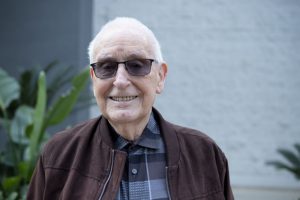
During that time, World War II veteran Norris Jernigan was stationed with the 393rd Bomb Group in Wendover, Utah. Jernigan worked behind the scenes as an intelligence clerk, collecting information that would assist officers. Speaking at the annual Veteran’s Day chapel, Nov. 12, Jernigan shares his experience of this historical day as well as the events that led up to it.
Growing up on a California farm during the depression era instilled Jernigan with strenuous work ethic. Though left with constant responsibilities to attend, most of the food he ate was grown and raised at his property, carrying his family through the depression. In a time where Americans were thrown into a deep state of poverty, he discovered the significance of coming together as a nation, foreshadowing events of war soon to follow.
“It was hard work on the farm but it was good for me because it made me very strong and healthy,” Jernigan said. “We looked out for each other more then. If a neighbor had a job to do, you went over and helped him, and they would come over and help you. People worked together and really tried to build a country together.”
Before finishing his last year at Galt High School, Jernigan set out to join the Navy, but was cut short for lack of his father’s approval. Working at a Naval shipyard, Norris’ father knew first hand about the dangers sailors faced, as he often had to pull dead body parts from ship wreckage. He did not feel a sense of ease when asked to sign his son off to that branch. Instead, he granted his son the opportunity to enlist in the Air Corps where brother was recruited. Jernigan was sworn in just before his 18th birthday.
“I was sworn into the cadet program hopefully to become a pilot. However, after three months of training on that, and 10 hours of flight instruction, two thirds of my school’s squadron were eliminated because they didn’t have any openings to send us to the next level of training.”
In the following podcast, Jewel Chandler interviews Norris Jernigan about his experience with joining the armed forces.
Though the Cadet program dissolved Jernigan’s dreams of becoming a pilot, he soon found his place as an intelligence clerk, stationed in Fairmont, Nebraska. There he put together folders of photographs, maps and typed interrogatories that would benefit army officers.
While Jernigan’s position required accurate typing and careful organization skills, he would discover that one of the most important skills acquired would be secret keeping. With nuclear plans underway, he soon encountered top secret information about the atomic bomb mission.
“Lieutenant Colonel called us together and said, ‘Gentleman, you’ve been brought here for a purpose,'” Jernigan said. “‘He said we’re starting to organize a new unit that would be trained to have a new secret weapon, and if successful should shorten the war by at least two years.”
At that time, the nuclear weapon was not referred to as an atomic bomb. It took on various names among the squadrons familiar with the project, they often called it a gadget or a gizmo.
“So we went through training with the 504th Group which was organized to be able to stand alone without any outside help because it was a highly secret project,” Jernigan continued. “Secrecy was stressed very strongly and we were told not to talk about where we were stationed, not even talk to each other about it.”
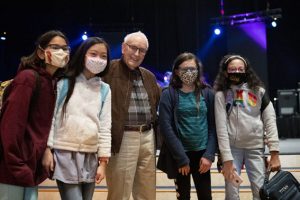
The Enola Gay, piloted by Paul Tibbets, took off from the island of Tinian that August morning, with the “Little Boy” atomic bomb in its cargo. Soaring at 32,000 feet, the B-29 released the nuclear weapon, which fell for roughly 46 seconds before exploding about 1,900 feet over the city.
The explosive ripped apart the city, causing nearly 80,000 casualties from the blast that was so powerful the shock waves were felt as the plane made its getaway nearly twelve miles away. In the weeks following, many civilians died from acute radiation sickness.
Over the years, history teachers and war experts have debated the necessity of Hiroshima and Nagasaki’s bombings. Despite the devastation caused by the two bombs, Jernigan believes that the alternative war ending posed a more destructive threat.
Aware of the immediate controversy that sparked in regards to the mission, Jernigan compares this hot topic to the fire bombings of Tokyo.
“You very rarely hear of any criticism about the fire bombing of Tokyo,” Jernigan said.”Houses were burning, buildings were burning, people were burning. I have heard figures thrown out that have said there was more property damage and more lives lost in the fire bombing of Tokyo then there were from the drop of the two atomic bombs,” he adds.
Jernigan remains confident in his stance that the atomic bombs accomplished the mission of shortening the war. He feels that many innocent people suffered in the bombings of Hiroshima and Nagasaki, but if the war continued, more people would have suffered as a result.
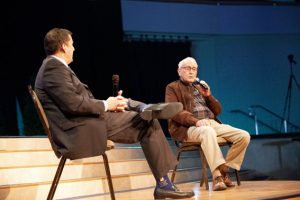
“I just hope that people will remember what we did was not done sadistically, it was to bring a horrible war to a completion,” Jernigan said. “Our country was in peril, and what we did was rise up and strike back and become victorious. I feel that what we did in using the atomic bombs was very much a part of that.”
When the war came to an end, Jernigan returned home to California to finish up school and readjust to civilian life. He remembers the relief felt nationwide that the war was finally over and the prospect of even greater casualties and suffering avoided.
In his interview with Home Town Heroes founder Paul Loeffler at the Veteran’s Day chapel, Jernigan shared some final thought-provoking words about the current climate of our world, incorporating his faith in Jesus Christ. Jernigan calls students to extend the love of Jesus to others in a time filled with hate and division.
Video captures the chapel interview in it’s entirety.
For more articles check out Should students care about voting and elections? or Football overcomes pandemic postponement, preps for upcoming season.
Jewel Chandler can be reached via Twitter @JewelCh93942415 and via email.

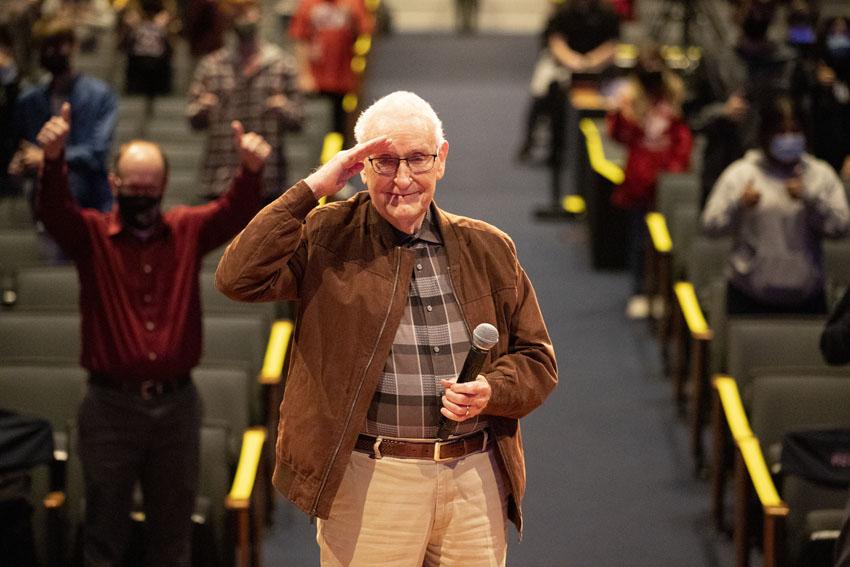
![[Video] Operation Christmas Child](https://thefeather.com/wp-content/uploads/2024/11/OCC-Feature-Photo.jpg)
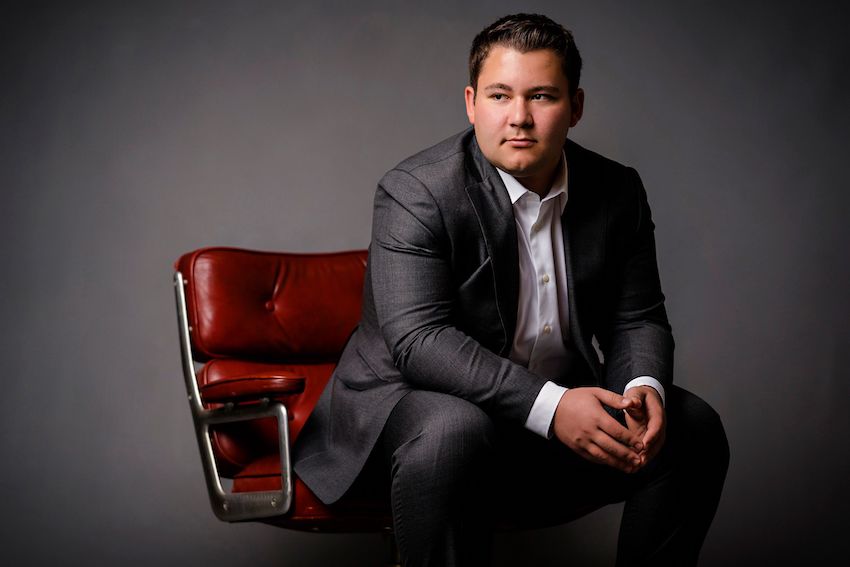
![[Video] CIF, Central Section, 8-Man Championship](https://thefeather.com/wp-content/uploads/2021/12/20211119-football-championship-016.jpg)
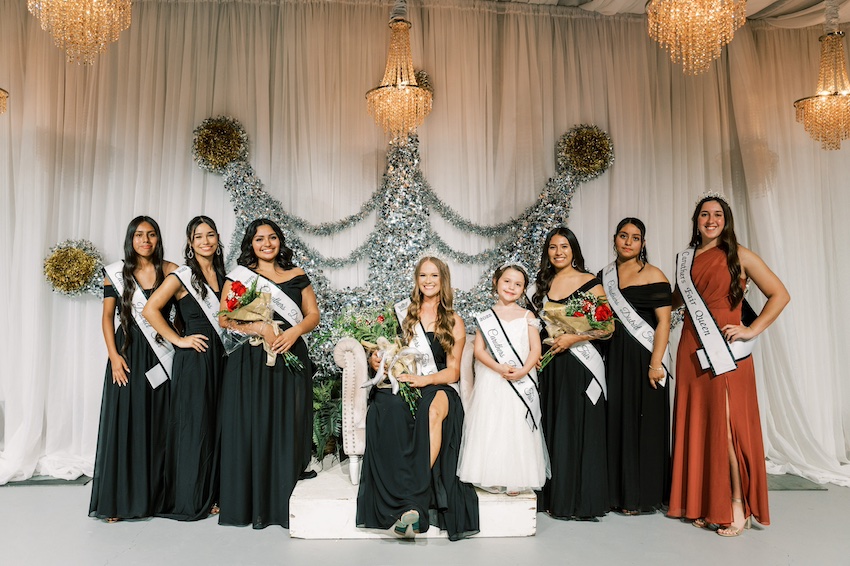
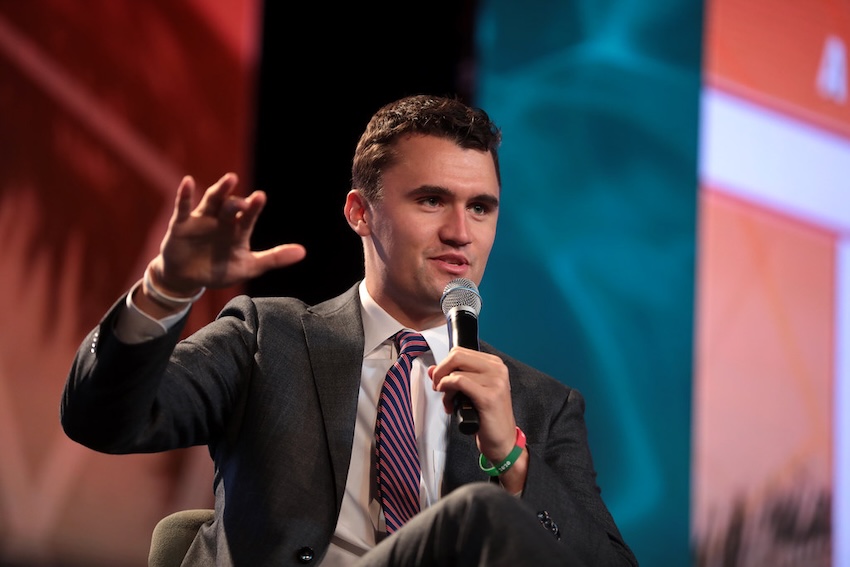
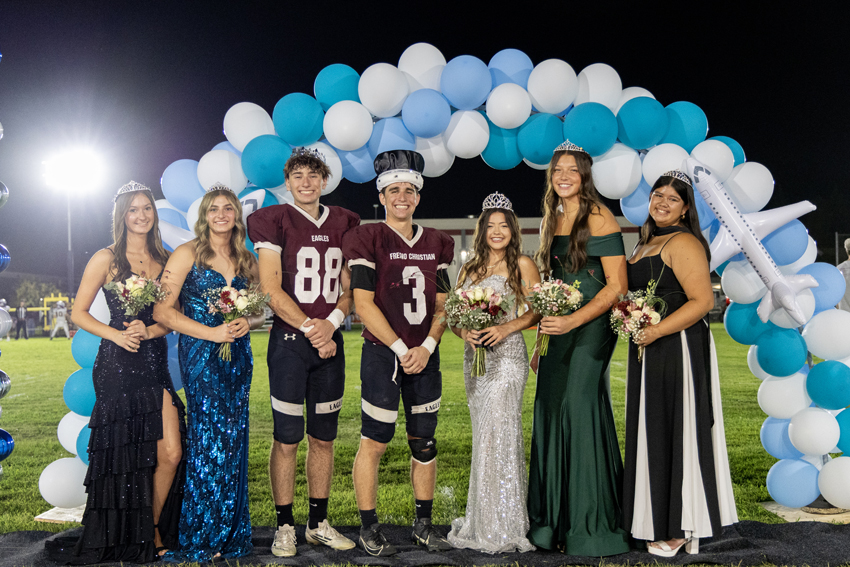
Avery Jones • Dec 11, 2020 at 1:17 pm
Super well written article Jewel. Loved reading about Norris Jernigan’s story. Keep up the good work Feather staff, miss you all!
Silva M Emerian • Nov 17, 2020 at 8:45 am
Beautiful feature of a true hero. Thank you and well done!